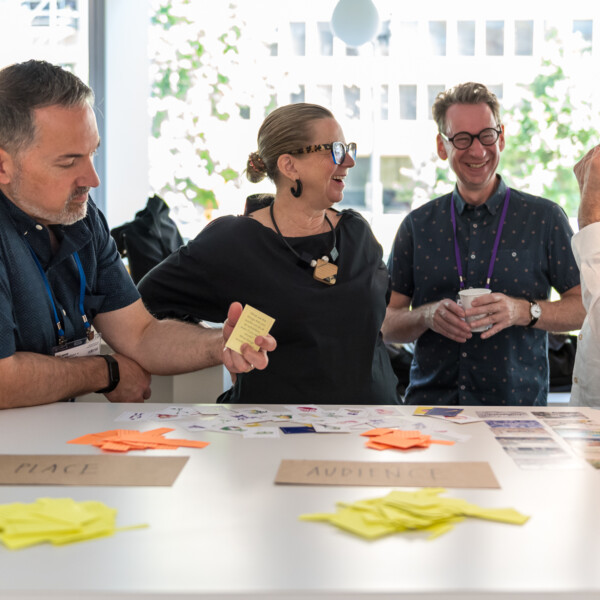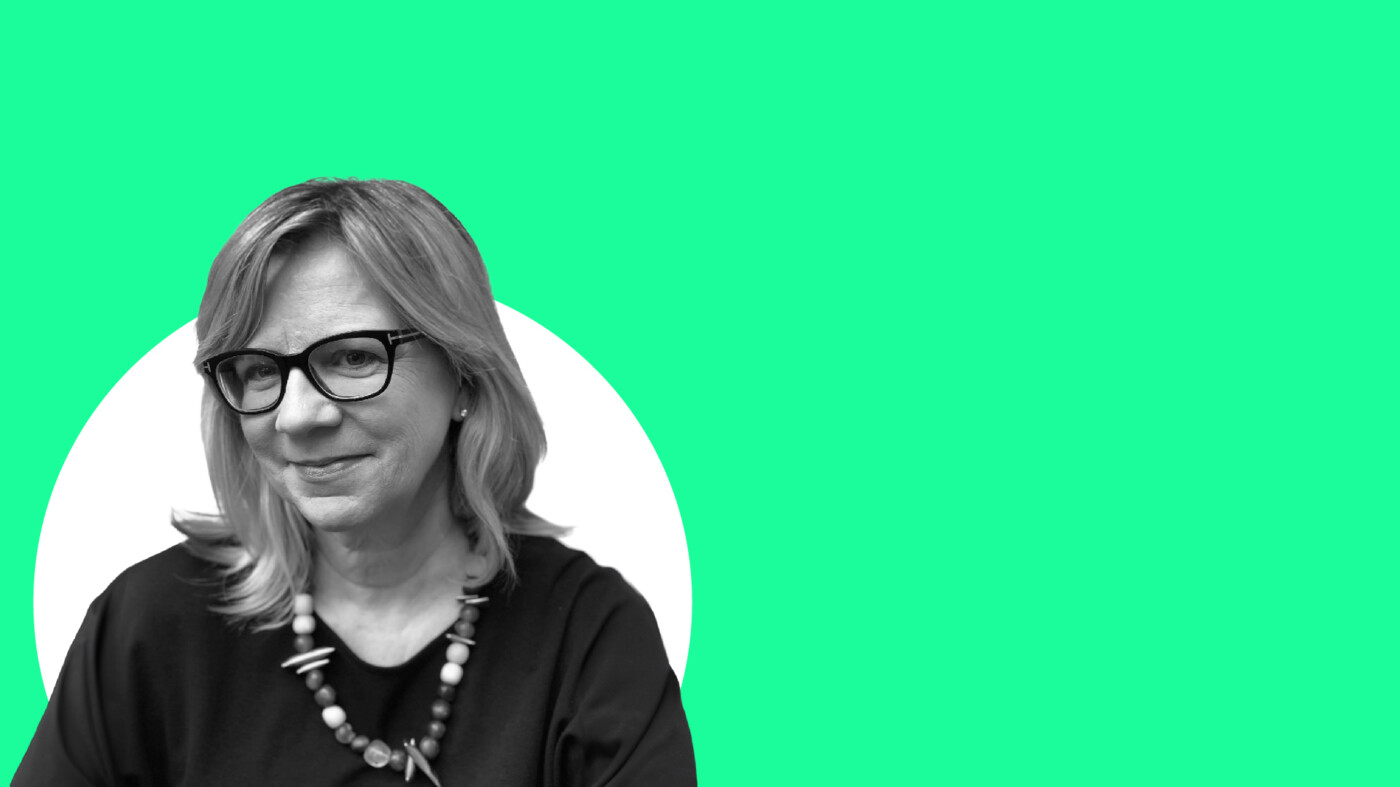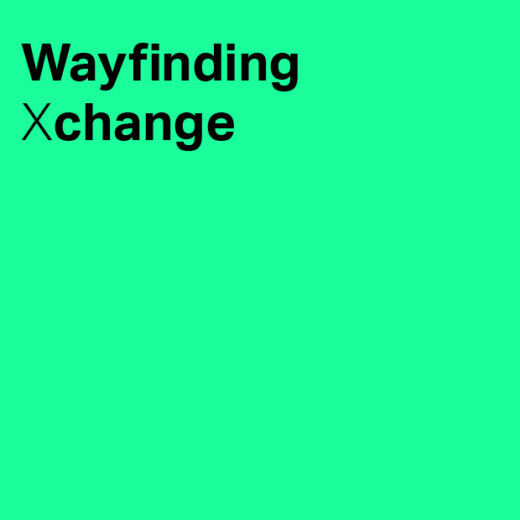The SEGD Annual Conference Experience
The SEGD Annual Conference Experience brings all its members together in a new location every year, mostly in the US. Last year, it celebrated its fiftieth anniversary in Washington, DC. In September 2024, the 3-day event moved to Dallas, Texas.
The main theme of the 2024 conference was experiential design and how it enhances the human condition, through things like brain health and sustainability. Alongside a series of talks, attendees got to tour local environmental graphics, great place-making, museums, and other branded environments. Tours included the Art Deco architecture at Fair Park, The Star in Frisco campus (the Dallas Cowboys’ global HQ), and AT&T Discovery District in downtown Dallas.
The Global Design Awards are a key feature of the SEGD Annual Conference Experience. This year, awardees were announced on Friday evening, followed by the SEGD Achievement Awards the following morning.

The backstory to becoming CEO
As a child, Cybelle had two major interests: art and Legos. Design was not yet part of her vocabulary, but in her imagination, she would constantly be redesigning spaces to make them better. Later, when it came to her college choices, Cybelle had to choose between art and architecture because at the time there wasn’t anything for environmental graphic design or exhibition design. So, choosing the path she thought would give her the opportunity for a paying job, she landed in architectural school.
The real turning point in her career was an internship at a firm in Washington, DC that designed architectural lighting and museum exhibitions. It was the perfect combination of storytelling and space. This led Cybelle on a 30-year journey which took her to the role of Principal at a large exhibition design firm – where she became a part of SEGD as a member.
12 years ago, she was on the board of SEGD. This gave Cybelle the opportunity to meet the most amazing peers from all over the world. It was a space where she felt she could find people to collaborate with and have a heart-to-heart conversation – even a competitor. Then, right at the beginning of the global pandemic, SEGD advertised for a new CEO. Cybelle saw it as a great opportunity to take her practice as a designer and bring that to a non-profit member organisation. It had her name on it!
A brief history of SEGD
50 years ago, a group of designers came together with the realisation that the speciality they were practising was wayfinding and environmental graphics. They needed expertise, and that did not necessarily come from the architects who were designing the buildings. So, they formed the Society for Environmental Graphic Design in 1973.
Early on, navigating spaces through effective signage and environmental cues – wayfinding – was an important focus. As an organisation, SEGD has always stood at the intersection of communication design and the built environment. It’s not strictly graphics and not strictly architecture. It’s more about connecting people to places.
Over the last 50 years, that focus has expanded to encompass a wide range of disciplines. In 1993, SEGD published its first white paper on accessible wayfinding, setting the stage for more inclusive design practices. Then in 2010, SEGD created universal symbols in healthcare which really contributed to improving communication in critical environments.
Through the years, SEGD has made a commitment to enhancing the human experience through place-making, exhibition design, and immersive digital experiences. As the industry has grown, they’ve helped to foster interdisciplinary collaboration, to stay at the forefront of design innovation whilst remaining focussed on thoughtful and inclusive designs connecting people to place.
Environmental graphics becomes experiential design
A few years ago, the organisation opted to change its name as part of a new strategic plan. Why? Many people misinterpret ‘environmental graphics’ to mean ‘green design’ or ‘sustainability’. SEGD members cover a much broader range of fields, including exhibition design, education, and branding.
What differentiates great ‘design’ is people’s experience of it. And that’s exactly what Endpoint does through wayfinding in combination with other design disciplines as well – connecting people with place.
Today, SEGD has found a nice synergy between different design disciplines. They’re not as siloed as they were in the past. Designers need more agility – you might do a live sports entertainment venue – but when the season finishes, what do you do? How do you activate those spaces? SEGD helps the design community to be more agile

Collaboration over competition
SEGD members are leading the way with innovative spaces. A great example of collaborative design is transportation hubs. Take Portland International Airport (PDX), for example. It’s the first timber construction of an airport with amazing facilities. The wayfinding group created a storytelling narrative around trees and the outdoors – which evolved into a beautiful media installation that moves through space and time. Amtrak’s Moynihan Train Hall in New York is another good example of wayfinding, environmental graphics and immersive digital experiences.
It’s happening at a high level as well. The first D7 summit in the US took place in Kansas City in 2024. CEOs of the seven leading national design associations gathered for a pivotal panel discussion about the challenges facing their respective fields – everything from AI to sustainability.
Current initiatives and trends
This year, SEGD is launching two major items: a professional practice group and sustainability.
SEGD’s professional practice group is a collaborative platform for knowledge exchange and innovation. The goal is to have these groups define standards via white papers and knowledge resources. The SEGD website is also a destination for clients looking for the best practitioners. It’s divided into three subgroups:
1. wayfinding and experiential graphics
2. museum exhibition and experience design
3. digital experience and interactive media
SEGD’s sustainability committee has three initiatives for 2024-2025: a new global design award for sustainability, a year-long webinar series on sustainability for members, and resources on more sustainable manufacturers.
SEGD is on a mission to internationalise and take on new members. The website is the best place to start. There you can find white papers and educational resources like webinars. You can also submit academic papers for the next summit – and you don’t need to be in academia to put together a paper as a professional. There’s also the EXP program, which provides mentoring for emerging professionals, from students to career changers. Local chapters also host events in cities around the world.
Experience is the differentiator. In a post-pandemic world, we know that we know that we can do a lot of things virtually. But in the built environment, there’s a loss in getting lost – physically and emotionally. Experiential design influences the human condition. That’s why sectors like F&B and retail are transforming to offer great experiences – beyond the product.
Like Maya Angelou famously said, “People will forget what you said, people will forget what you did, but people will never forget how you made them feel.”
Find out more about SEGD at segd.org



